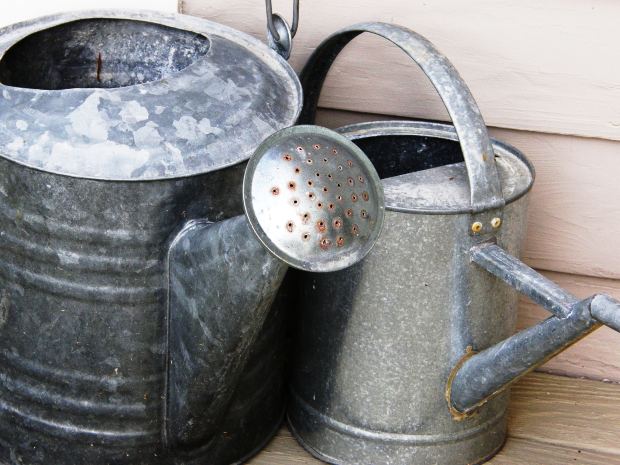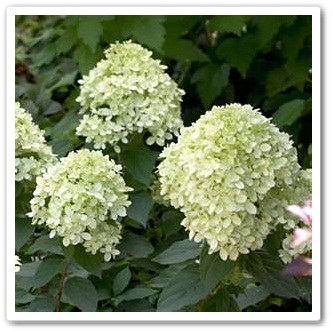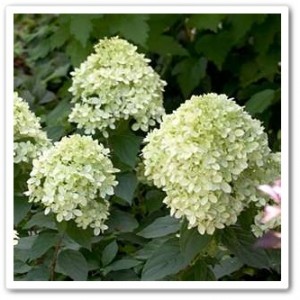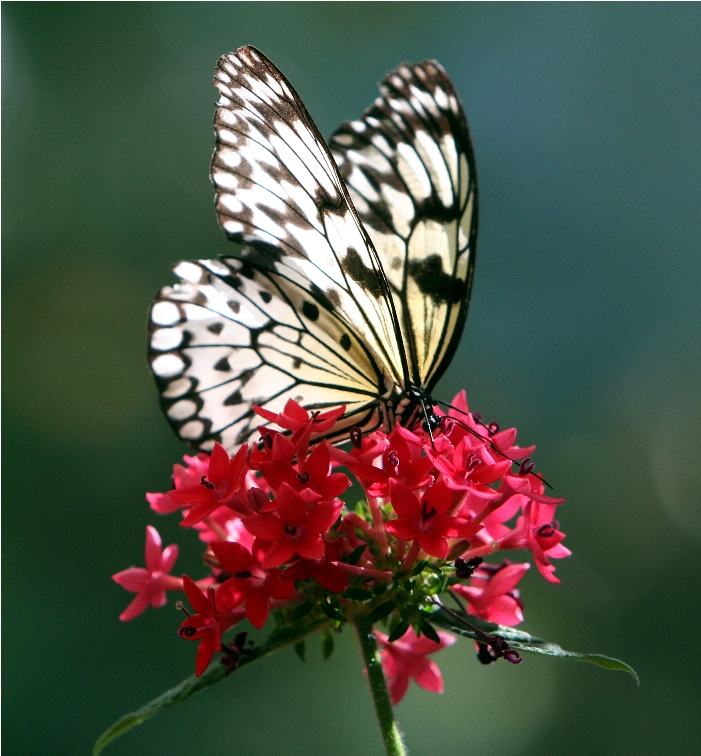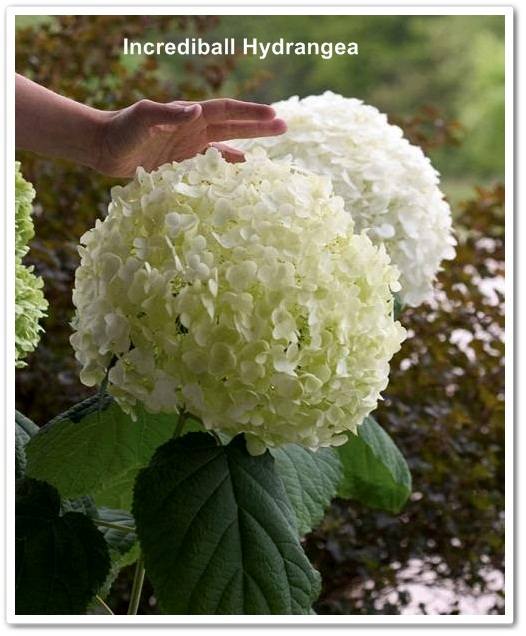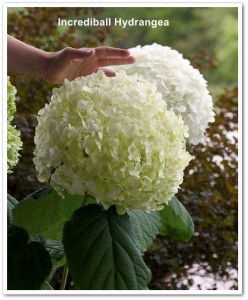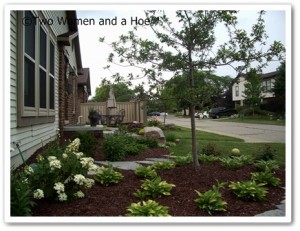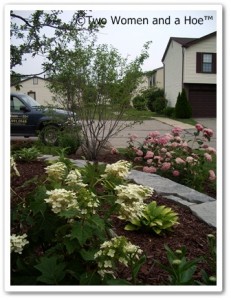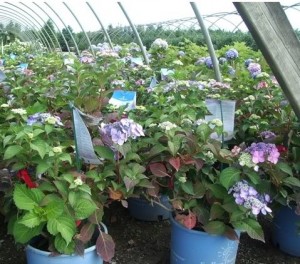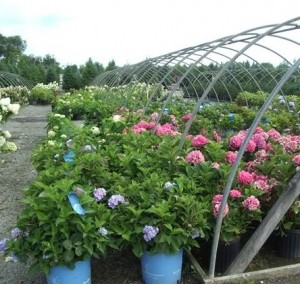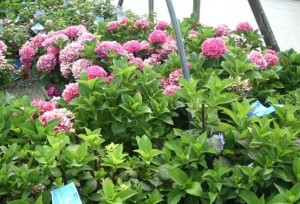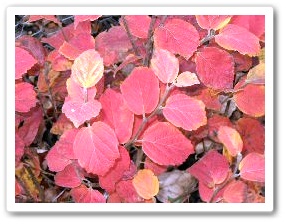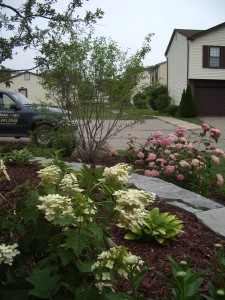Over and over, we have to go back to the beginning.
We should not be ashamed of this. It is good. It’s like drinking water.
~Natalie Goldberg
So often I am asked by our clients how to care for their new landscapes. When to water is always one of the most frequently asked questions… and for good reason! Irrigation is extremely important and key to a healthy start and long life for your plants. So how do you know when your plants need a little refreshment?
Surprisingly, a new landscape is more susceptible to disease and insect problems than a mature landscape. Undeveloped root systems cause new plants to be very weak, making the first season of your new landscape critical. As a landscape designer and installer, it’s difficult to recommend a ‘standard’ watering program for new landscapes because of the variations in soil conditions, natural precipitation, temperature and a plant’s moisture. All of these factors MUST be considered. Oddly enough, though, over watering is the most common cause of death for newly planted trees and shrubs!
Rest assured that if you have correctly planted and watered a new plant, it shouldn’t need additional water for several days. When in doubt, here’s a quick test to determine if you need to water your new gardens. Start by digging carefully six to eight inches near the root zone and squeeze a handful of soil. If it is damp enough to form a ball, no water is necessary. If the soil falls apart easily, it is definitely time to water! Don’t be concerned if the top few inches of soil are dry. Keep in mind that roots need just as much air as they do moisture. Over watering will saturate the soil and suffocate the roots.
Leaves that turn yellow and wilt may have too much water but appear like they are thirsty. Deep, infrequent watering encourages roots to grow deep into the soil for maximum plant growth and health! Remember, to prevent fungus and disease, always water the soil at the base of the plant not the leaves.
To keep soil moist, I LOVE mulch! Mulch not only helps to retain moisture, it minimizes weeds and adds nutrients to the soil as it decomposes. All new plants should be mulched because it protects their young, shallow roots during the cold, harsh winter months. Following are a few of our best “mulching” practices:
- Mulch is always layered 3″-4″.
- Never lay mulch against a tree truck or any woody ornamental shrubs. The mulch should be at least two (2) inches from the trunk. It is best to create a “well” around the tree truck to capture and hold in water.
- Life & spread. Always lift the plant material so you can spread mulch under it.
- Do not let mulch sit on top of plant leaves, branches, etc. because it will burn them.
Use these handy tips to get your new plants off to a healthy start and remember: take time for refreshment in the gardens!

